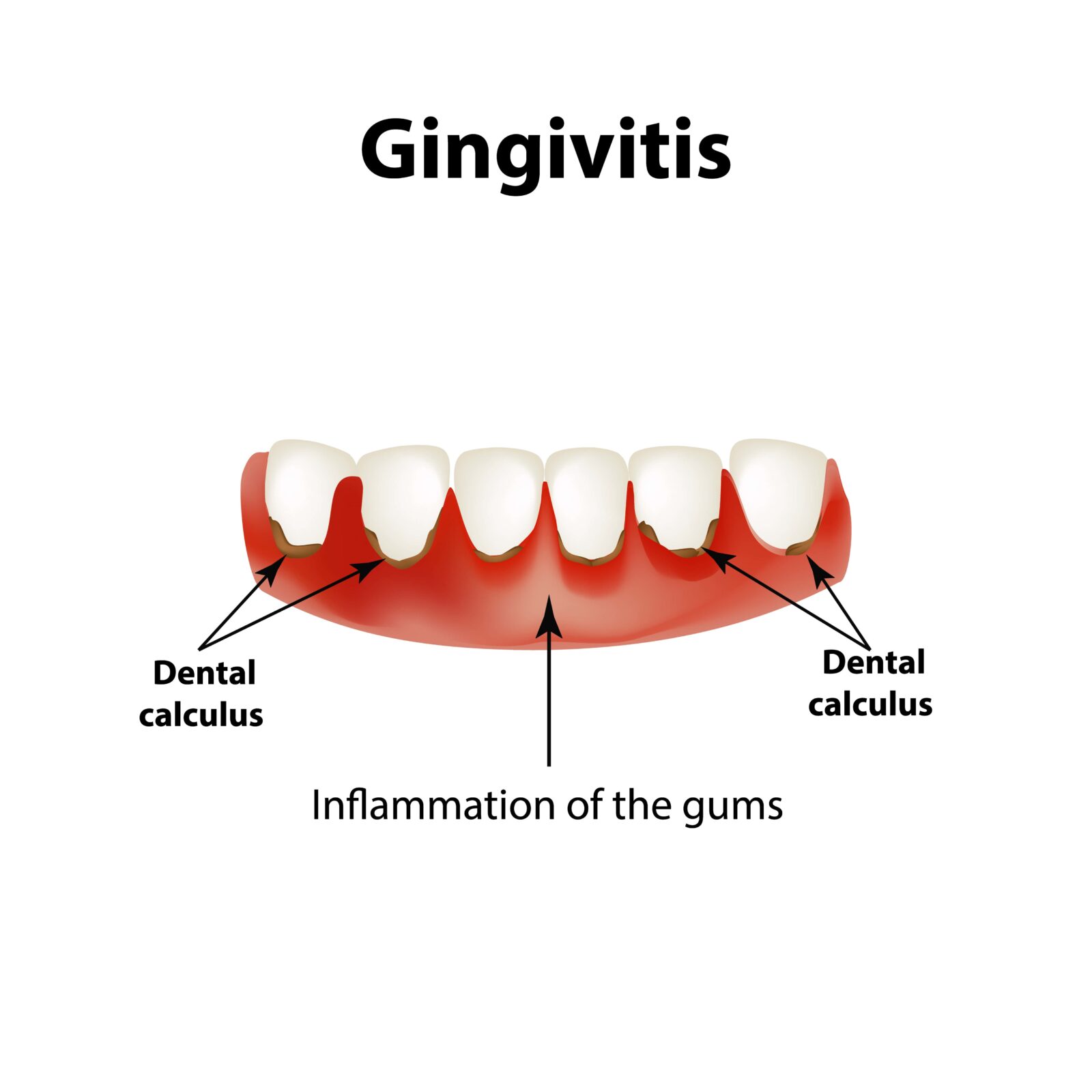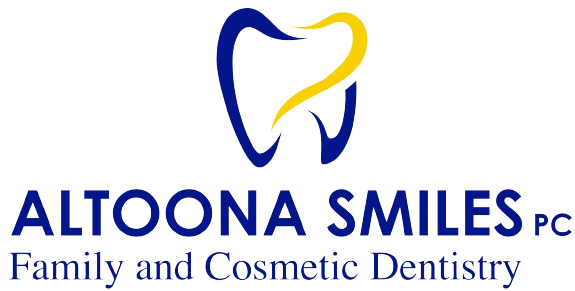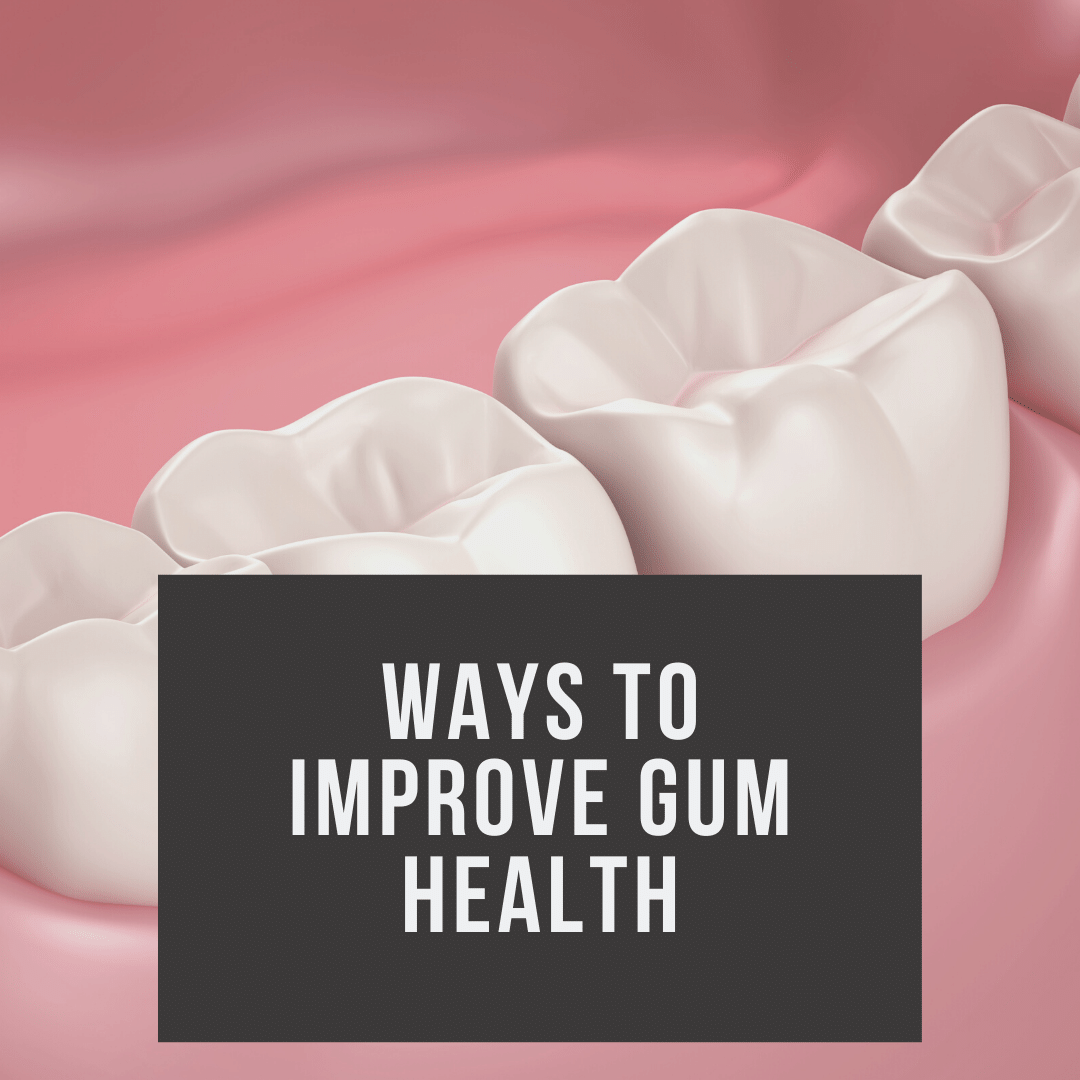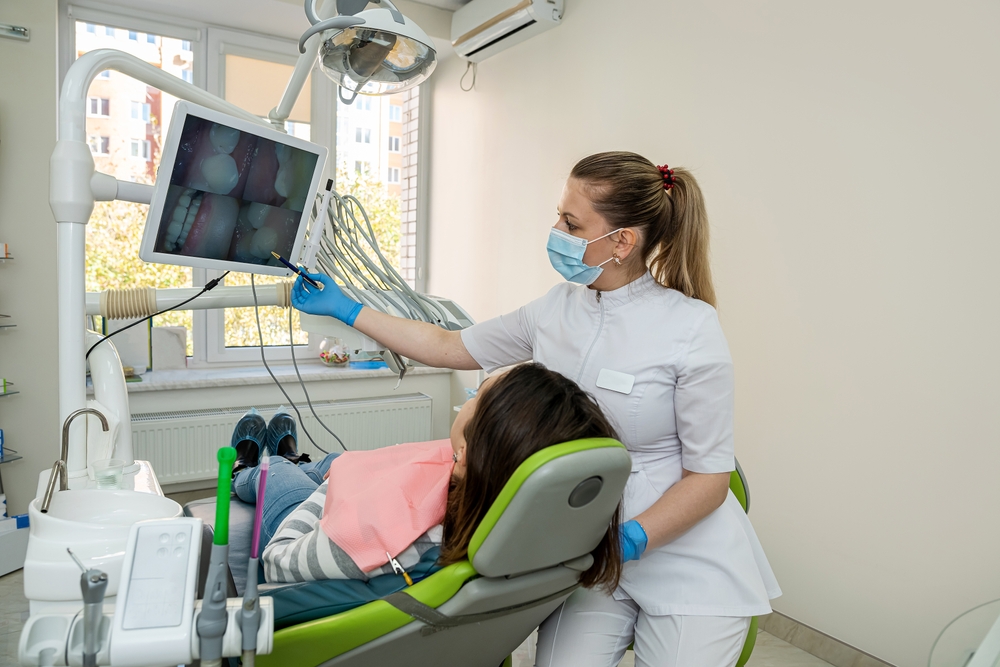Did you know that gum disease is one of the most prevalent dental problems in the United States? It’s true! In fact, nearly half of all adults have some form of gum disease. That’s why it’s important to be proactive about taking care of your gums. In this blog post, we’ll discuss what gum disease is, its symptoms, and ways to improve your gum health.
What is Gum Disease?

Gum disease is an inflammation of the gums that can lead to tooth loss. There are two different types of gum disease: gingivitis and periodontitis. Gingivitis is the early stage of gum disease and is characterized by red, swollen, or bleeding gums. Periodontitis is the more advanced stage of gum disease and can lead to tooth loss if left untreated. This is because periodontitis affects the supportive structures around the tooth such as the cementum, periodontal ligament, and alveolar bone.
The symptoms of gum disease depend on the stage of the disease. In the early stages, gingivitis, symptoms may be barely noticeable. However, as the disease progresses, symptoms can include bleeding gums, receding gums, bad breath, and loose teeth.
Ways to Improve Gum Health
There are a few things you can do to improve your gum health:
Brush Your Teeth Twice a Day
Brush your teeth at least twice a day with a soft-bristled toothbrush. Be sure to brush gently in circular motions so as not to damage your gums and cause them to recede.
Floss Daily
Be sure to floss daily! This will help remove plaque and bacteria from between your teeth and under your gum line. Since gum disease is primarily due to excess bacteria along the gum line, flossing is the perfect way to remove this bacteria and prevent gum disease.
Use Mouthwash
Mouthwashes can help reduce plaque and bacteria in your mouth. Be sure to choose a mouthwash that contains fluoride.
Use the Right Toothpaste
When choosing a toothpaste, be sure to choose one that contains fluoride. Fluoride helps to strengthen the enamel on your teeth and prevents cavities. It also makes it harder for plaque to stick to your teeth.
Regular Teeth Cleanings
Regular teeth cleanings every six months are another great way to prevent gum disease. During a cleaning, your dentist or hygienist will remove plaque and tartar from your teeth. They will also check for any early signs of gum disease.
Quit Smoking
Smoking is one of the worst things you can do for your gum health. Smoking increases your risk for gum disease and can even lead to periodontitis or other problems like oral cancer. If you smoke, quitting is the best thing you can do for your gums.

Drink Water
Drinking water is important for your overall health, but it’s also good for your gums. Drinking water helps to rinse away food and bacteria from your teeth. It also helps to keep your mouth hydrated which can reduce the risk of gum disease.
Limit Sugars
Sugars can contribute to tooth decay and gum disease. This is because they feed the bacteria in your mouth which can cause tooth decay and gum disease. Limiting your sugar intake is good for your teeth and gums.
Manage Diabetes
Speaking of sugar, if you have diabetes, it’s important to manage your condition. Diabetics are at an increased risk for gum disease, especially those with high blood sugarlevels. By managing your diabetes and keeping your blood sugar levels under control, you can help reduce your risk for gum disease.
In Conclusion
In this blog post, we discussed what gum disease is and ways to improve your gum health. National Gum Care Month is the perfect time to start thinking (or continue thinking) about taking care of your gums. By following these tips, you can help reduce your risk for gum disease and keep your gums healthy! Thanks for reading!







